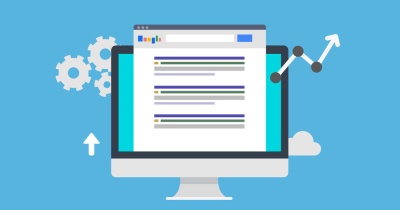Collecting data and analytics is absolutely crucial for any business that wants to sell online in the most efficient way possible. But new challenges present themselves in an age where people use multiple devices. Read on to find out why cross device tracking is the solution. If you sell a product online, then you are probably familiar with just how important it is to track things like an analytics and to make sure that you understand the behavior of your audience and your buyers. This means, among other things, making sure that you are tracking your conversions.
Conversions
A conversion, in internet marketing terms, means getting someone to buy something from your website. If someone has landed on your sales page and then opts to click buy, that means they have ‘converted’ because they’ve turned from a lead into a customer. This is good news and it’s what we want to encourage more of! The best way to encourage more of anything of course, is to make sure you understand what caused it in the first place. Why did that person decide to buy and how can you make someone else come to the same decision?
This is why we track them and it is why we use analytics. It is why we will observe their behavior on Google Analytics and other analytics tools. It’s why we place cookies on their computer and it’s why we might gradually alter our designs using split testing. In short, we are looking for things that work well with specific audiences and then trying to gradually dot hem more.
The problem is that sometimes, a person might not be that easy to track. Often, we track a user based on their IP address. This is the unique address of their home router. They will have a private IP address on that home network, but the one that the world will see will be the one that the router shows.
Now, if they should connect to 4G and leave the house to look at the web on their phone, we might lose some of that tracking. Likewise, if they should browse at a friend’s house, or at a college or at work, we will struggle to follow them. Consider too that some people will regularly use more than one device to browse the web.
A student is actually a very good example because
- they might be someone who uses a computer at their university on one network
- a computer at their dorm room
- and another computer when they visit their family.
Add in a mobile device and you now have someone with multiple different IPs that will be almost impossible to track!
The Solution
The solution of course is what we are talking about here. Cross Device Tracking. This is something that is becoming more and more important these days thanks to the myriad of ways we access the web.
The objective is to track the same user as they move across devices. So, if someone reads your content on their mobile phone a few times and then goes home, types your address into the search bar and buys a product, you know what it was that ultimately led them to do so. You know that they actually came from a specific advert and that they came from a specific article on your site. Now you know that this is what is working!
So how do you handle cross device tracking? Thankfully, this is something that Google already does for us to a large extent thanks to the use of Google Chrome and the Google browser. Most people have a Google account and most people will log into those accounts whenever they use even somewhat regularly. Now it is possible to see that the same user came from that browser and from that sequence of interactions.
There are other ways you can do this yourself however. For instance, you can always include a log-in on your own site, so that you can thereby see how a person might return to your site multiple times and you can identify that user. And in fact, they only need to log in once in order for you to be able to ascertain that two IP addresses are linked.
